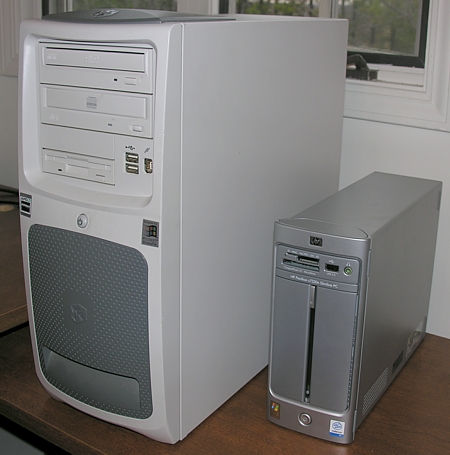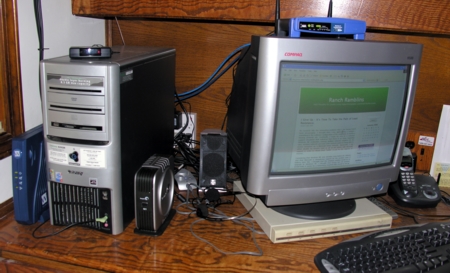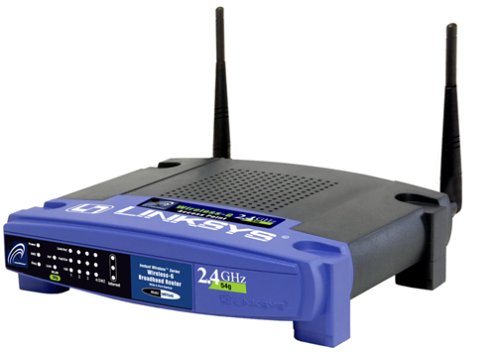So Pablo inquired “anything new to say?”
Well, I always have something new to say, it’s just that for the past couple of weeks I haven’t had a way to say it.  I just returned from a visit to California, and while away from home, I was “internet challenged”, so to speak. No mobile computer, no e-mail, no blogs, no nothing! How ironic – here I was traveling into an area where there is probably as much combined computing power as any other location in the world – and I might just as well have been in the dark ages. So how did it come to all this?
My first “portable” computer was a Compaq III Portable, a pricey, heavy, luggable computer with a gas-plasma 800X600 amber screen that was considered superb in its’ time. It allowed my to have access to my software development tools while on site at a clients location. Being able to make minor programming tweaks and re-compiling .exe’s on site was a tremendous advantage for consultants at that time, and that computer served me well through the duration of my consulting endeavors.
Fast forward to 1996, when Retta and I decided to purchase a Roughwater trawler named Lorelei (photos here) and make her our home. We were unusual among boat owners, we soon discovered. We actually used our vessel for what it was intended for – we cruised it among the various islands of Channel Islands National Park religiously. In fact, if the nights we spent at anchor at the Channel Islands were strung together, it would be a span of nearly two years. We wanted dial-up internet access on board the vessel while at the marina, and I also wanted to run navigational charting software that I could tie into our GPS and radar systems for use while cruising. We needed a small footprint, so we chose a Toshiba Satellite Pro system that served our needs very well.
When we eventually sold our vessel and began to lead a more conventional lifestyle (if you call retiring to a remote, sparsely populated rural area in the Ozarks conventional), the Toshiba laptop was pretty much relegated to the closet. While it served us well on board Lorelei, it is, never the less, an old computer running Windows 98SE (barely), running at 133 Mhz and sporting a whopping 1GB hard disk drive. It would hardly qualify me as a technical road-warrior, so I guess until I can justify the expense of a new laptop, I will probably be banished to the dark ages whenever I hit the road.
Now here is some fun stuff. If you have not yet been steered over to Yahoo for their collection of Widgets, and you are running at least Windows XP or Windows 2000, you will absolutely love this massive collection of very cool (and free) gadgets called Yahoo! Widgets. Be careful, as you can burn up a lot of time looking through all of the neat gadgets that are available.Â
The Widgets are intuitive and easy to use, as I discovered recently.  I installed a To-Do List widget just before leaving for California. When I left, I had a few things on the list for my attention when I returned. By the time I had gotten home, Retta had figured how to use the widget, and the screen was just full of things for me to do! So I had better be going …uh…now…
P.S. to Cindy – please jump in with comments any time. Remember, no comments = no fun.








 Â Â Â Â Â Â Â Â
        